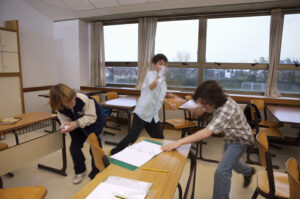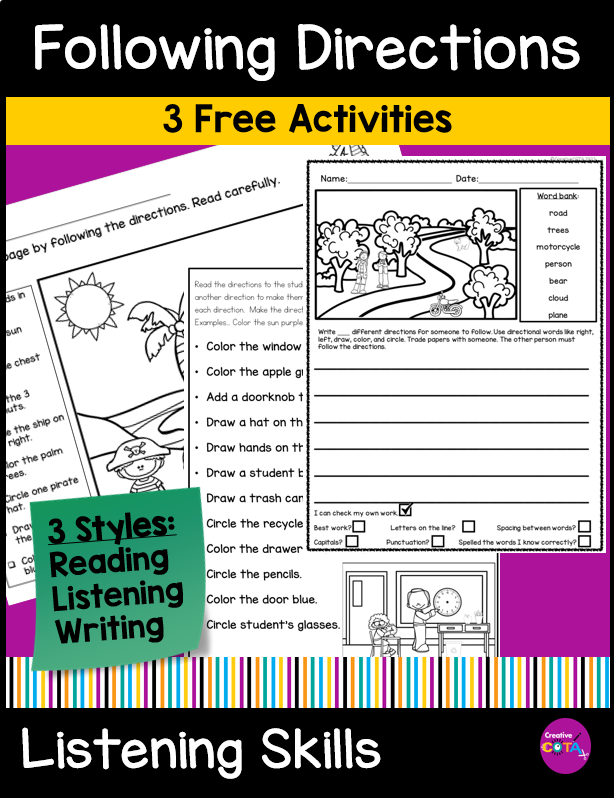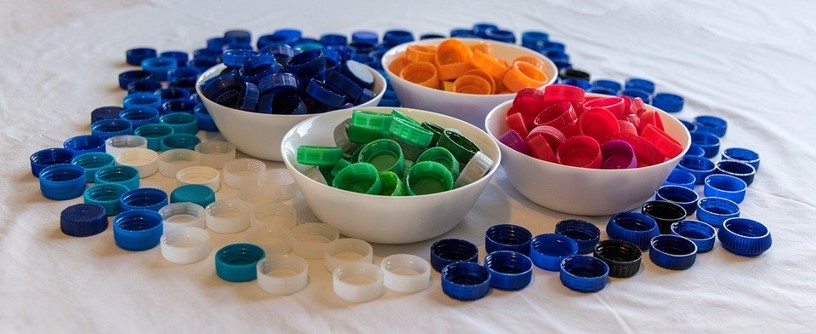
(This post includes Amazon Affiliate links. If you use a link to purchase a product I will receive a small commission.)
Are you looking for a great fine motor and visual perceptual activity for your occupational therapy small groups, classroom centers, or busy bags?
Try sorting and not just the colored bears! With a little work, you can find items for a different sorting activity to do each week of the year. I wander my local dollar store at least once a month looking for new items to sort. When I have a little more in the budget, I shop Amazon or Oriental Trading as well. Each item can be stored in a different container or bag to add more fine motor skill acquisition.
I love to shop at the Dollar Tree for new things to sort. I have several muffin tins and microwave egg cookers for my students to sort items into. I am always looking for 3 and 6 different things that can be sorted. I use them often as a fine motor warm-up for my OT sessions.
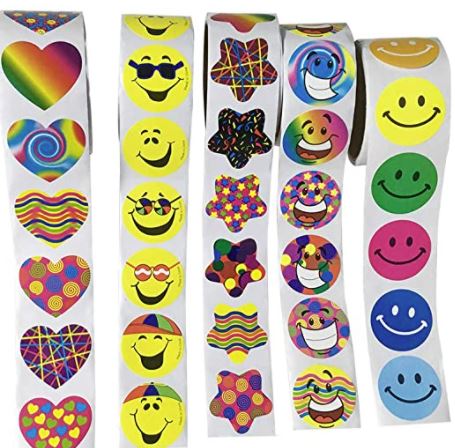
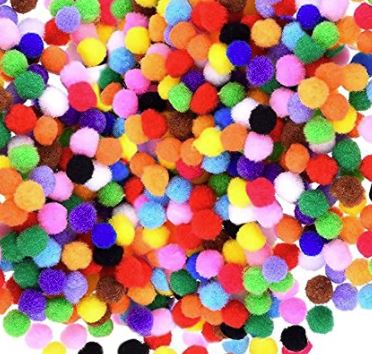

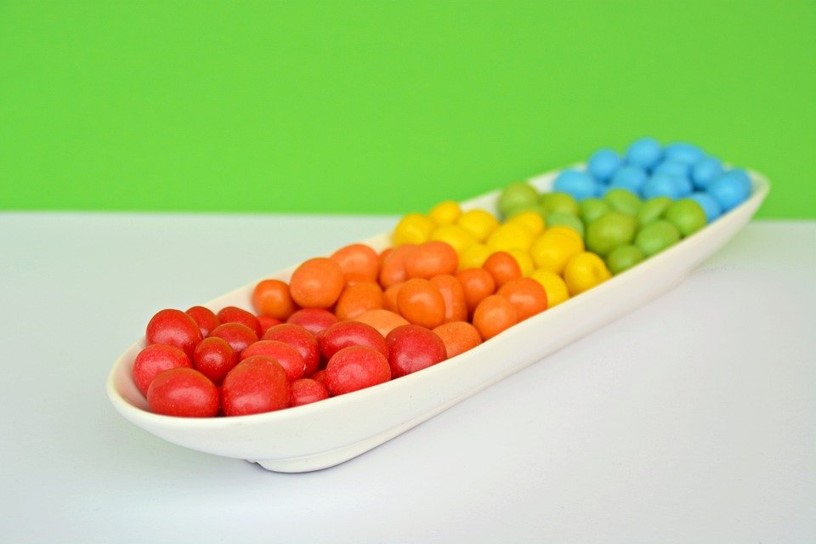
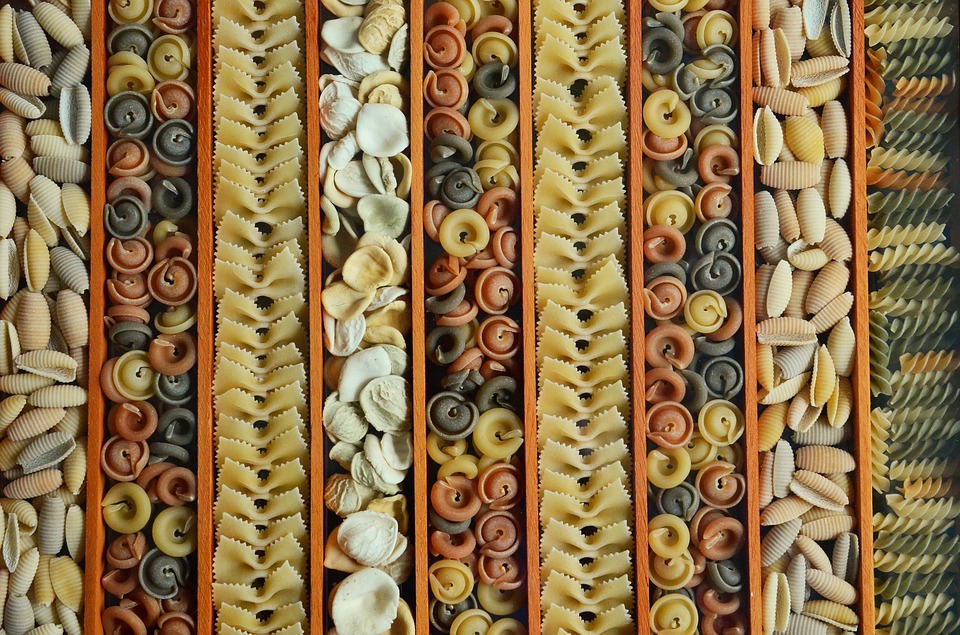
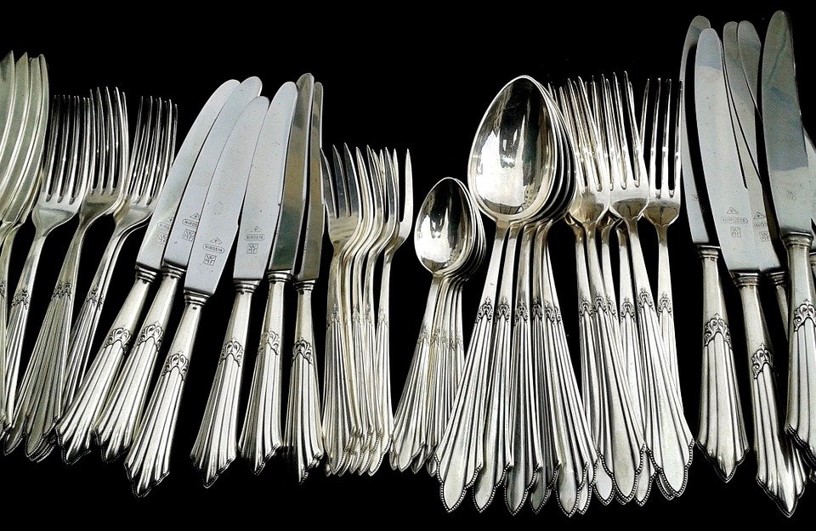
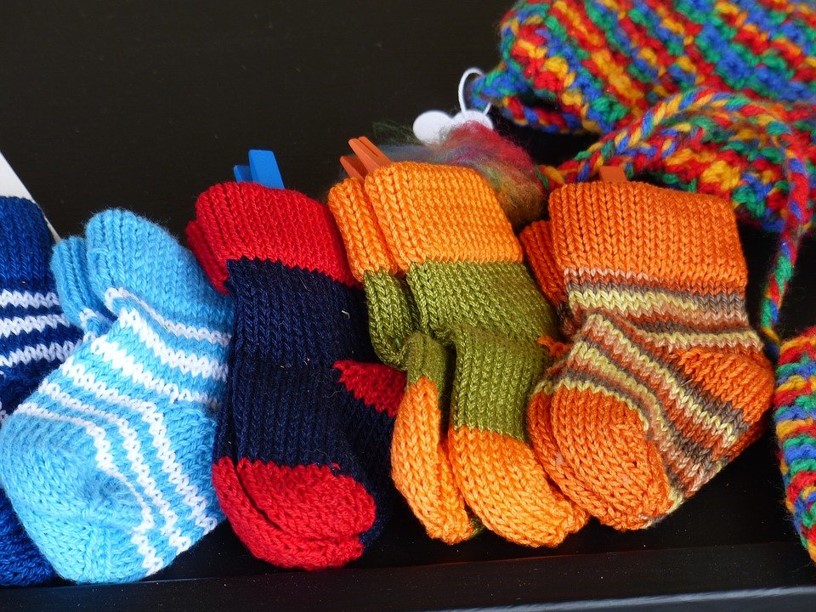

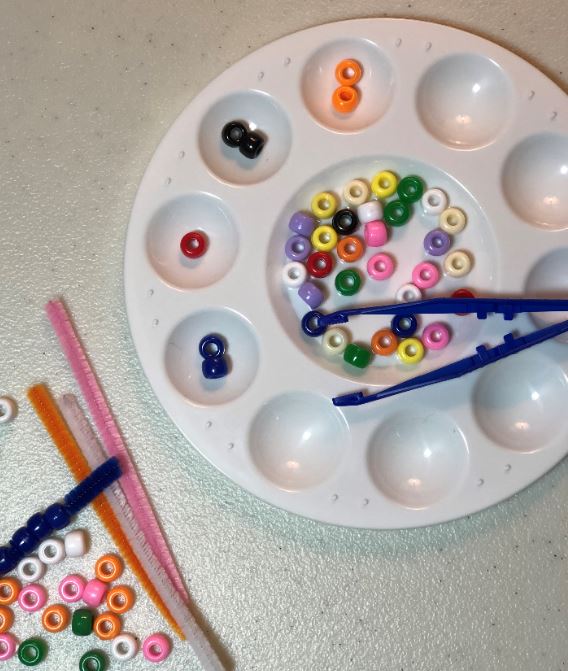
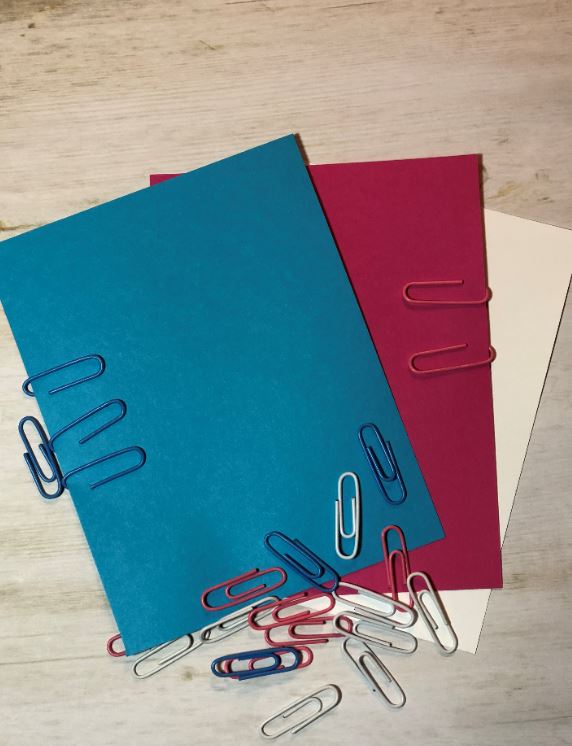
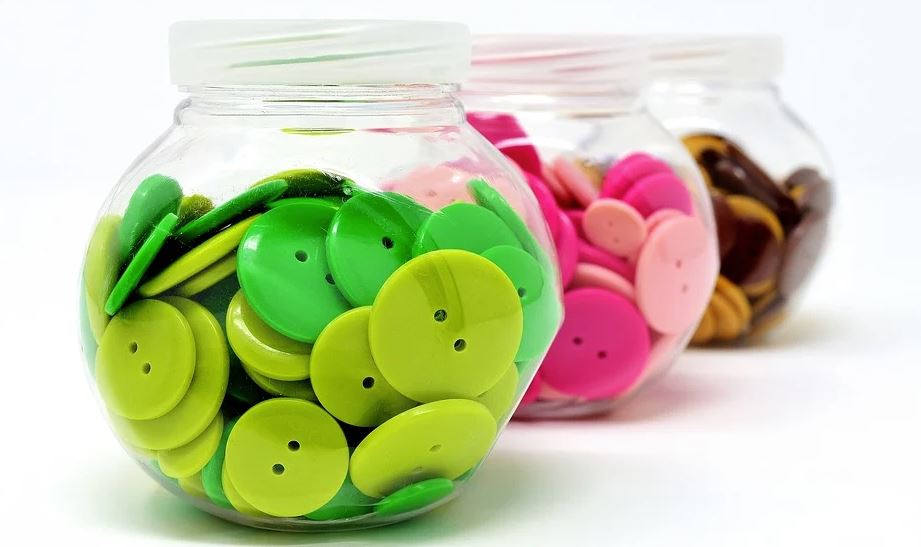

Here are some ideas…
- Erasers (back to school, food, animals, transportation, holiday themes…)
- Hair ties
- Pom Poms
- Colored popsicle sticks
- Buttons
- Pony Beads into a paint pallet or onto pipe cleaners
- Seasonal/holiday objects (acorns, leaves, foam beads, bells, snowflakes, lucky coins, flowers, hearts)
- Plastic ice cubes
- Colored paper clips onto matching colored paper
- Stickers
- Socks/clothing
- Recycling
- Coins
- Utensils
- Shells
- Markers, marker covers, crayons, or pencils
- Candy or cereal
- Pasta
- Blocks, Unifix cubes, or Legos
- Plastic bottle caps
- Colored clothespins onto matching color cards
- Pictures
- word cards
- Items by category or feature (things with wheels, things that can fly)
Some require a little prep and others can be sorted into muffin tins or microwave egg cookers.

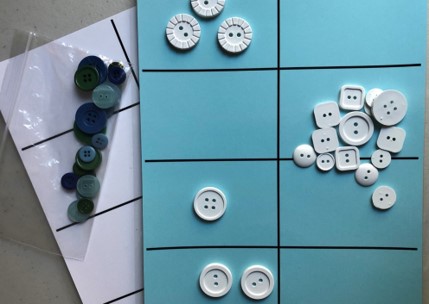
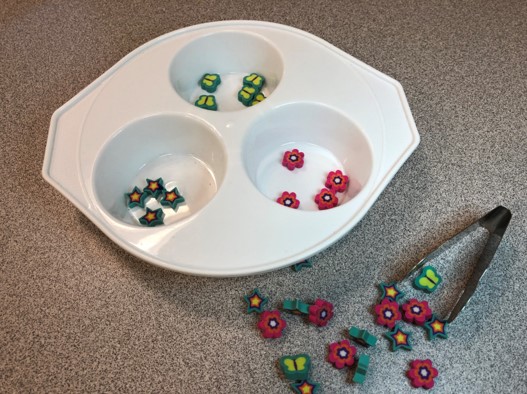
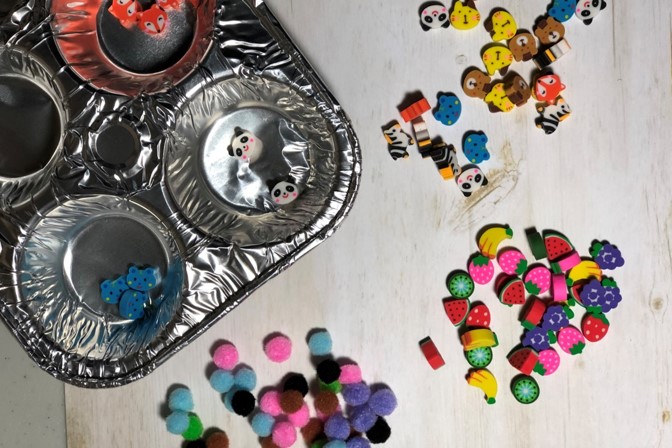
Make your students their very own kit. I added a variety of sorting activities to each 2-gallon bag to use as a finger warm-up activity before handwriting or a craft. They are also a great brain break to help decrease screen time.
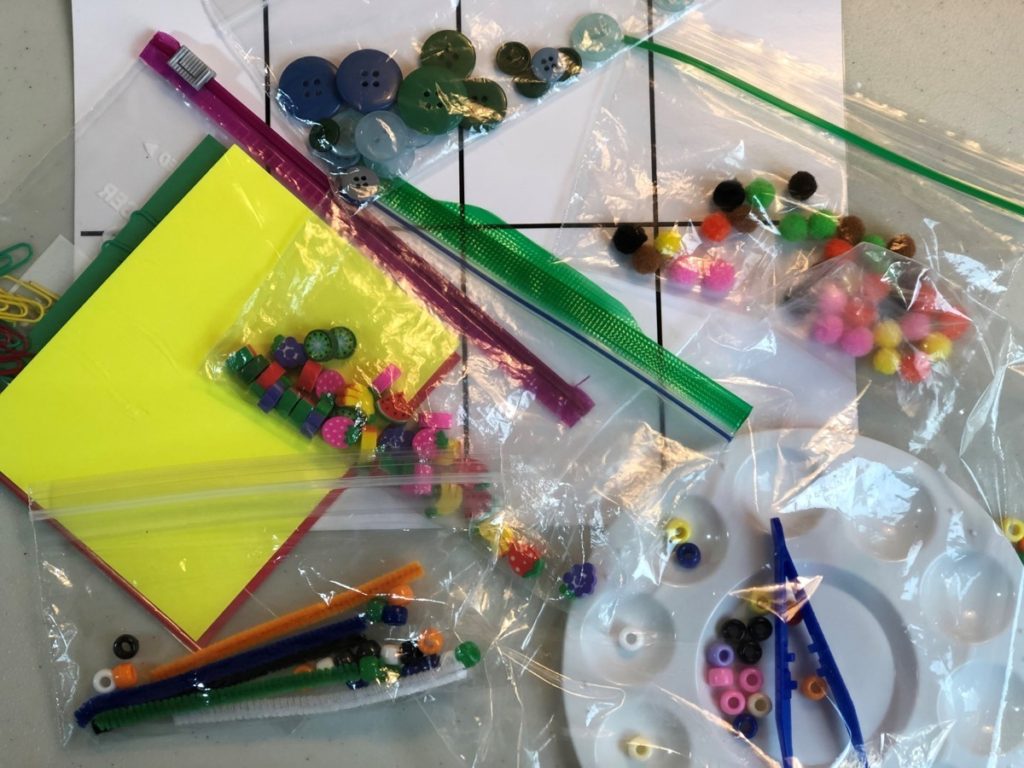
Adding tweezers can make the task more challenging. My favorite are strawberry hullers.

Check out my store for printable activities and worksheets to promote visual perception.

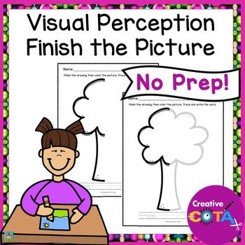
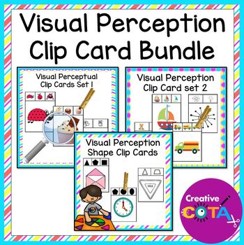
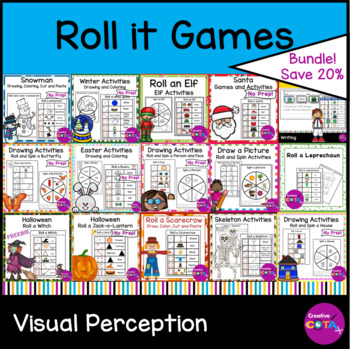
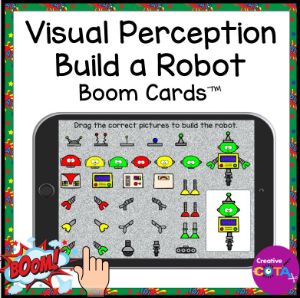

About the Author
I am a Certified Occupational Therapy Assistant (COTA) and have been working in a public school system for more than 25 years. My resources can be found on TPT, BOOM Learning, Made by Teachers, Classful, and Your Therapy Source. I appreciate your interest wherever you wish to shop.
My mission is to help you find creative ideas to incorporate fine motor, visual perception, gross motor, and social-emotional learning into your lessons.
I hope you consider signing up for my Free Resource Library with your Email. I send out emails about once a week and share resources, tips, and planning ideas for your classroom or occupational therapy needs. Hopefully, these help your students work on building their skills in a fun and engaging way.




